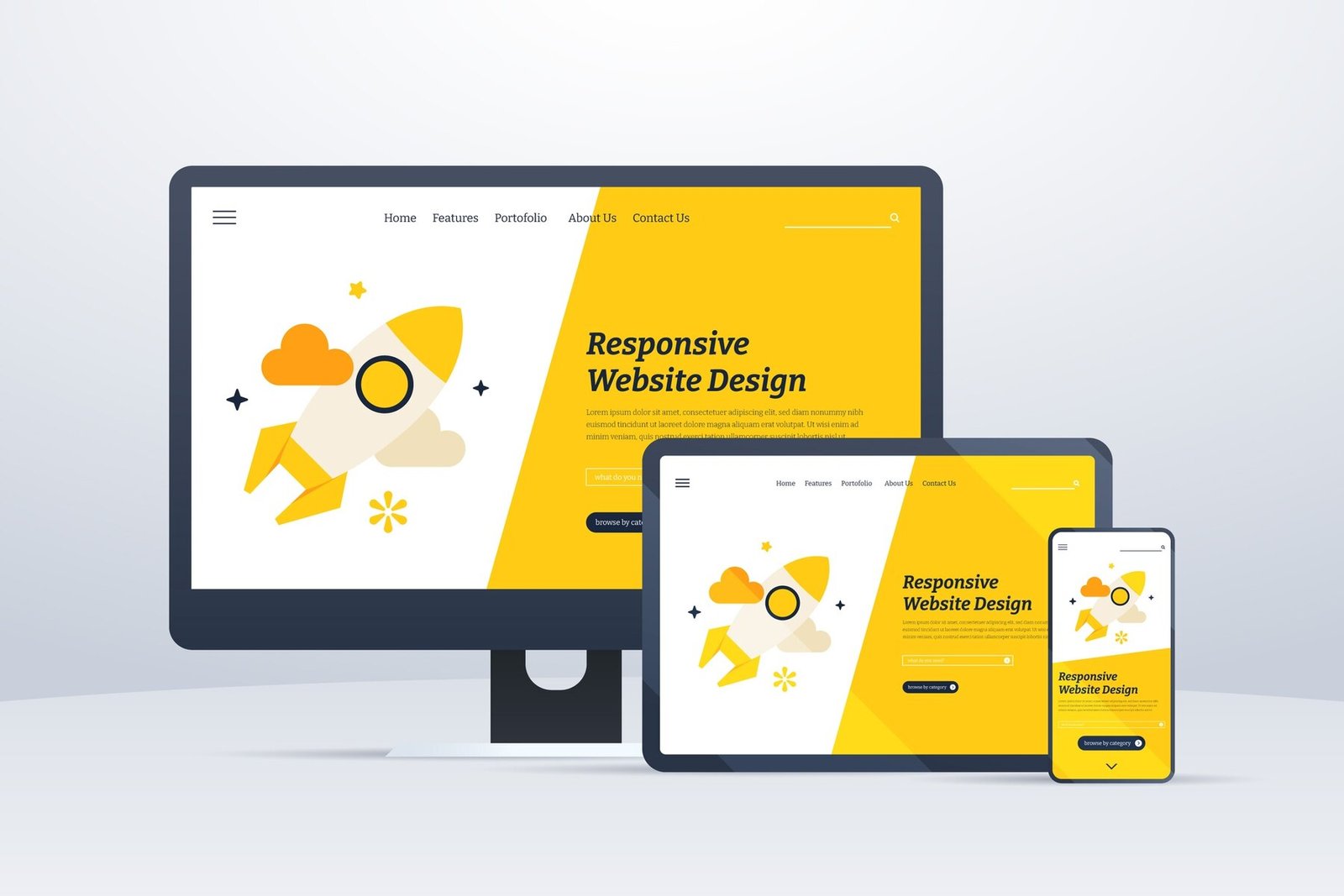Buzz Haven: Your Source for Trending Insights
Stay updated with the latest buzz in news, trends, and lifestyle.
Responsive Web Design: Making Your Site Play Nice on Any Device
Unlock the secret to stunning responsive web design and ensure your site shines on every device! Click now to learn how!
Understanding the Basics of Responsive Web Design
Responsive Web Design (RWD) is an essential approach to web development that aims to create websites that adapt seamlessly to various screen sizes and device types. In today's digital landscape, where users access the internet from smartphones, tablets, and desktop computers, having a responsive design is crucial. This involves using flexible grids, images, and CSS media queries to ensure that your website's layout adjusts according to the viewport dimensions. By implementing RWD, websites not only improve user experience but also enhance their search engine optimization (SEO), making it easier for search engines to crawl and index content effectively.
To understand the basic principles of responsive web design, it's important to focus on three key components: fluid grids, flexible images, and media queries.
- Fluid grids: Instead of using fixed pixel widths, fluid grids use relative units like percentages to create layouts that adjust as the browser window resizes.
- Flexible images: Images should resize within their containing elements, ensuring they don’t overflow or become distorted across different screen sizes.
- Media queries: These are CSS techniques that apply styles based on specific device characteristics, such as width or height, allowing for tailored experiences on different devices.

Top 5 Benefits of Implementing Responsive Design for Your Website
Implementing responsive design for your website offers a multitude of advantages, making it a pivotal choice for modern web development. One of the primary benefits is enhanced user experience. With more users accessing websites through mobile devices than ever before, responsive design ensures that your site adapts seamlessly to any screen size. This adaptability allows visitors to navigate and interact with your content effortlessly, reducing bounce rates and boosting overall engagement.
Another significant advantage is the improved SEO performance that comes with responsive design. Search engines like Google prioritize mobile-friendly websites in their rankings, which means that a responsive site can significantly enhance your online visibility. Additionally, having a single URL for both desktop and mobile versions simplifies the indexing process for search engines, leading to better crawlability and ranking potential. By investing in responsive design, you not only create a better experience for your users but also lay the groundwork for improved search engine performance.
Common Mistakes to Avoid in Responsive Web Design
Responsive web design is essential for providing a seamless user experience across different devices. One common mistake to avoid is neglecting to test your design on various screen sizes. Ensuring compatibility across smartphones, tablets, and desktops is crucial. Use tools like browser developer tools and genuine devices to view how your website performs on different resolutions. Skipping this step may lead to a poor user experience, causing visitors to leave your site prematurely.
Another frequent error in responsive web design is the incorrect use of media queries. It's tempting to rely too heavily on a few breakpoints; however, this can restrict the flexibility of your layout. Instead, aim for a fluid grid system that adapts to any screen size. Consider implementing mobile-first design principles, which prioritize design for smaller screens before scaling up. This approach fosters a more adaptive experience and is often beneficial for SEO, as search engines favor mobile-optimized sites.